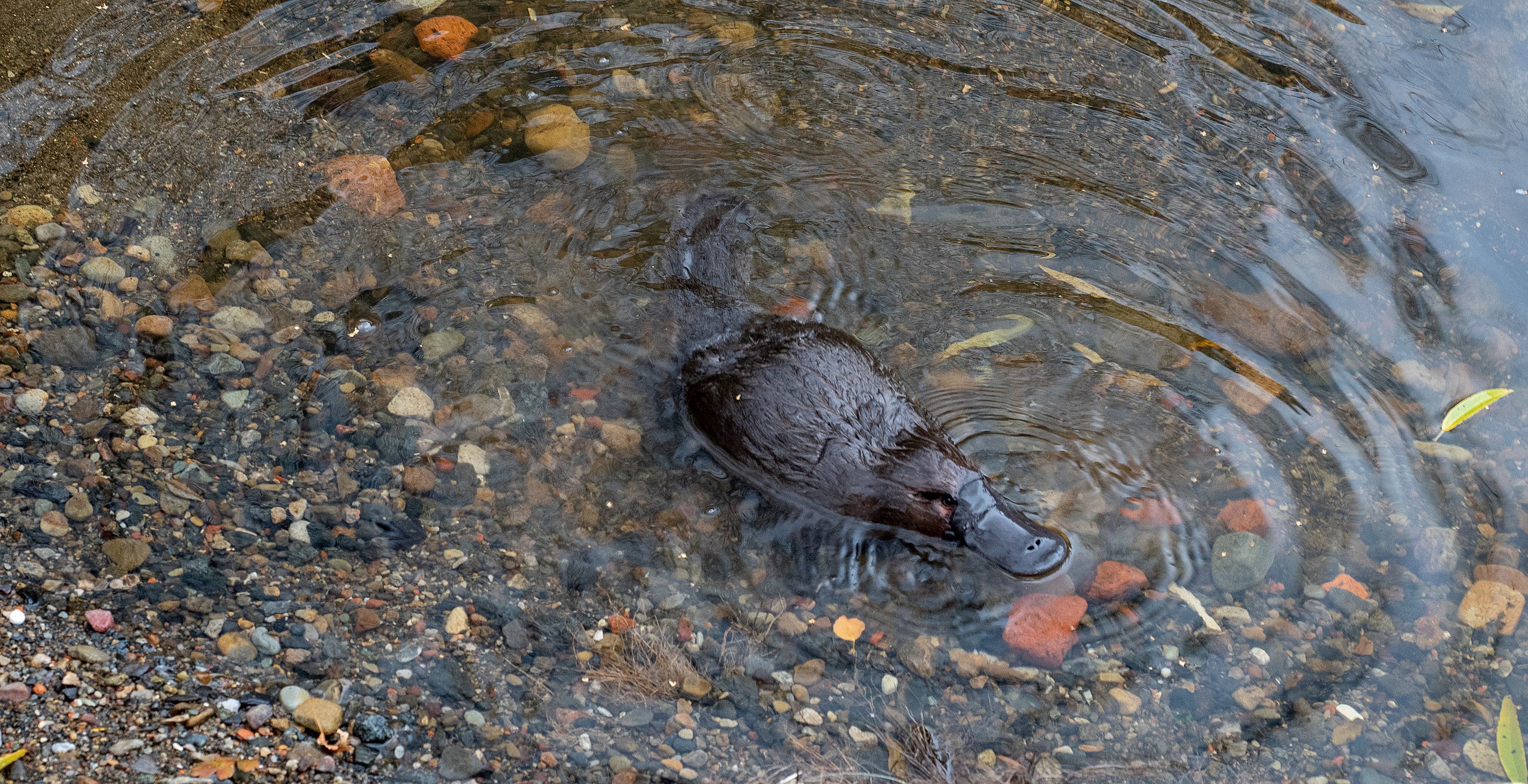Researchers from the NSW National Parks and Wildlife Service, the University of New South Wales, and the World Wildlife Fund joined together to relocate members of the species after the animal disappeared from the national park.
Ten platypuses, six females and four males, were re-homed from the Bombala and Dalgety regions to the Hacking River in the Royal National Park.
The animals were kept in Taronga Zoo’s platypus refuge before completing the move, in what is the first platypus translocation program in the state.
It is suspected that the species disappeared from the national park after a chemical spill on a nearby highway, but this hypothesis remains unconfirmed.
Dr Gilad Bino, project lead, stated that finding Gilli was a milestone in the project’s potential success. He also stated that it was amazing the puggle was found.
“It’s really looking for a needle in a haystack–it’s a big system. There are only 10 animals,” said Bino.
Gilli is currently six months old and weighs 850 grams. Researchers are waiting for confirmation that she is a descendant of the relocated platypuses.
Researchers grew concerned about the reintroduced platypuses when a landslip in an unused coal mine at the nearby Metropolitan Colliery caused sediment and debris to fall into Camp Gully Creek, upstream of the river.
Fears of contamination led to the EPA issuing a clean up notice to the company, Peabody Energy.
Cooper Riach, a biotechnician and environmentalist, states that the coal mine had been implicated in “five contaminations in the past two years”. He has been involved in multiple clean-up efforts to protect the waterway’s ecosystem.
“Picking the coal waste out of the water feels like a horrible, congealed custard–it took me about a week to get the stuff out from under my nails. The fact that this, on numerous occasions, has been flowing through one of our oldest and … most beloved national parks is simply not acceptable.”
The mine has pleaded guilty to two counts of pollution and one count of contravening a licensing agreement from 2022.
The platypuses were monitored carefully for potential threat from the landslip, but all remained accounted for and lacked any sign of immediate harm.






